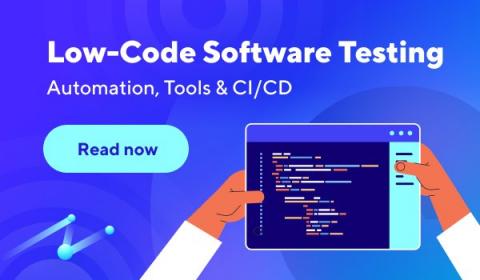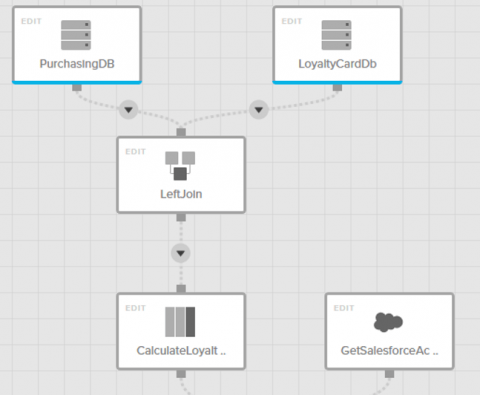Creating an API for your Single-page Application
Using a low-code platform as the back-end for a single page application (SPA) is a nice combination — the SPA can be hosted anywhere, the API is quick and easy to develop, and they can evolve independently of each other e.g. if you need a native app just develop the UI and use the same API.







